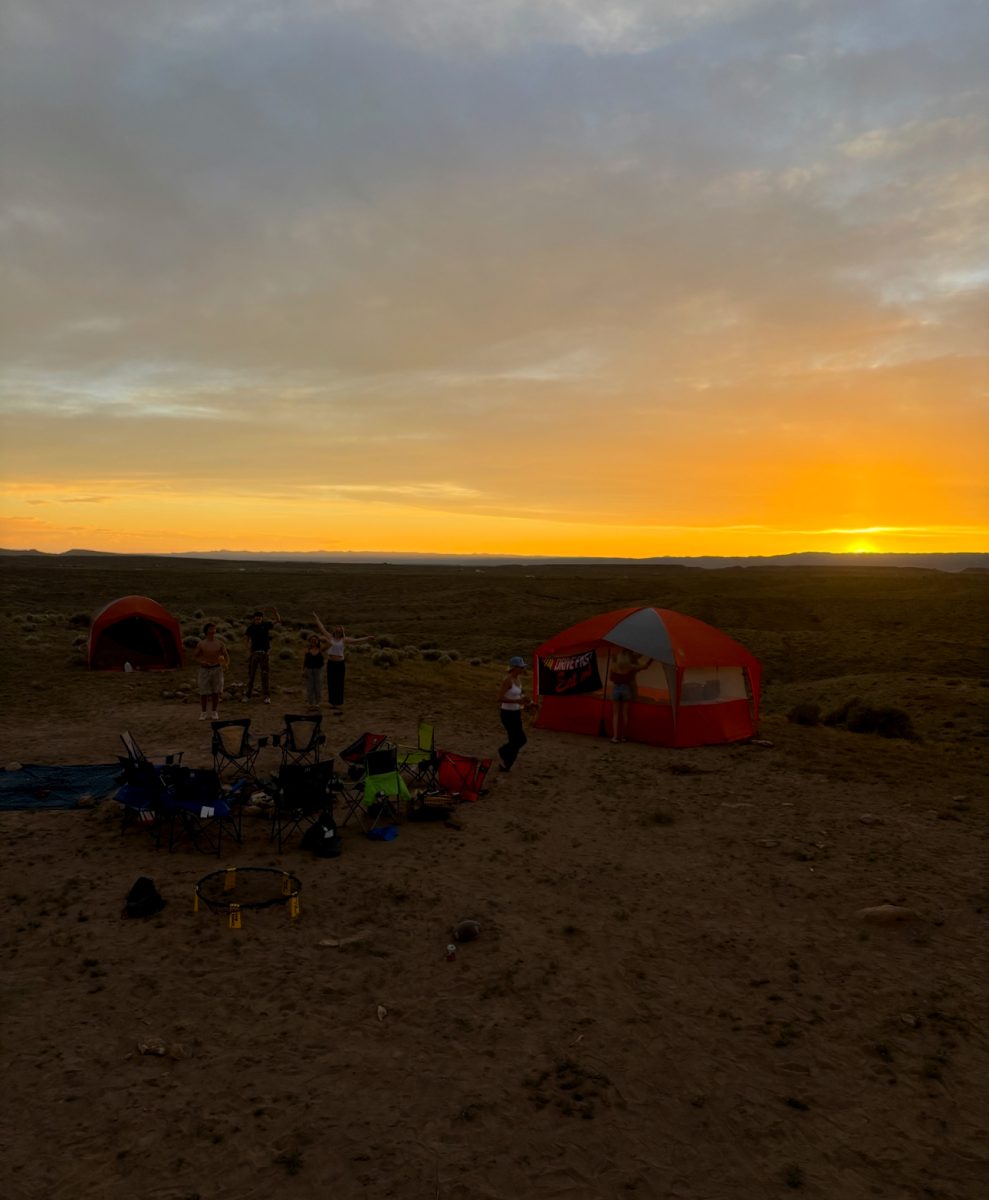Covid-19 may have circulated around Colorado as early as January, some health officials say
Covid-19 may have circulated around Colorado as early as January, some health officials say
In the middle of January, many members of the Aspen community noticed that some sort of virus was spreading around the valley, causing people to stay home with flu-like symptoms. Now, some believe that this sickness that circulated around Colorado, more than 6 weeks before Governor Polis announced the Stay at Home order, could have been the Covid-19 virus.
According to the Colorado Sun, models from the University of Colorado have led state health officials to believe that the virus started circulating in Colorado before the state even had tests for the virus. Although the precise date of when the virus began spreading in Colorado is not confirmed, there is strong evidence to suggest that Covid-19 was introduced before the federal government provided tests to the state, partly because of the high number of out of state visitors coming to Colorado’s mountain towns, as well as people traveling between the mountains and the front range.
Problems with testing caused gaps in data, start date of virus spread is unknown
There were issues with tests provided by the federal government, such as delays from FDA regulations, faulty test kits, and limited capacities that caused delays in test results. Officials cannot be absolutely certain when the very first Covid-19 patient was in Colorado because the new non-faulty test kits were not available until Feb. 27, while the first reported case of novel Coronavirus in the US was in Washington on Jan. 21, so there may have been cases of Covid-19 in January while testing was unavailable.
Only people who had symptoms were tested, and according to researchers at Colorado State University, many people can carry the Coronavirus and test positive even if they show no symptoms. In a test that was conducted by researchers where 1,600 samples were taken from 450 workers even if they did not show symptoms of the virus, more than 100 tests came back positive.
“There was a surprisingly large number of individuals who were infected but had no idea they were infected,” said Greg Ebel, a CSU professor in the Department of Microbiology, Immunology, and Pathology, whose lab ran the tests, in an interview with the Colorado Sun. “There are a lot of people out there who are infected or infectious and don’t know it,” Ebel said.
Since most asymptomatic or presymptomatic individuals have not been tested, the number of people carrying and contributing to the spread of the virus is uncertain. Dr. Robert Redfield, who is the director of the Centers for Disease Control and Prevention, feels that asymptomatic spread could be significant to the spread of the virus.
“The relative contribution of asymptomatic spread to symptomatic spread has not been clearly defined,” Redfield said in an interview with NPR on April 9. “Asymptomatic spread was and is more significant than was appreciated back in January,” Dr. Redfield said.
This uncertainty and the missing parts of the data, such as asymptomatic carriers and people who had the virus before tests were available, could mean that the virus started circulating in the early months of 2020, and it is possible that people who had symptoms of Covid-19 in January before tests were available might have been exposed to the virus. According to The Atlantic, the government may have failed to detect as many as 28,000 Coronavirus infections that occurred in the US before March 1st. However, officials still predict a secondary spike in cases in Colorado in June, and the number of people that may have been exposed to the virus earlier than the tests were available would not be enough cases to change when the curve reaches its peak.
Does this mean more people have immunity to the virus?
Some have speculated that the early spread of the virus would mean that more Americans could have immunity from being exposed to the virus. However, the number of people who were exposed to the virus in January and February was most likely not enough to support this theory. Caitlin Rivers, a Senior Scholar at John Hopkins Center for Health Security, told The Atlantic that there were more than zero, but less than millions of cases in the early months of 2020, so most likely the “herd immunity” that would come from many people having the virus in early months did not happen.
However, it is difficult to track travelers who could have brought the virus into the US in January or February because travel patterns were interrupted by restrictions taken by different countries to stop the spread of the virus, so it is not certain how many people could have carried the virus into the US.
Because it is not certain when the virus started spreading or if it is still spreading, it is best to continue to practice social distancing, so that everyone can stay safe even when there are still many unknown factors of the virus.
“We are social distancing to save lives,” said Dr. Rachel Herlihy, Colorado’s epidemiologist. “If we don’t take this seriously, we will continue to see an increase in cases and a tragic loss of lives.”

Harper Axelman is a senior at AHS and this is her third year writing for The Skier Scribbler. She enjoys spending time outside, skiing, and...





















